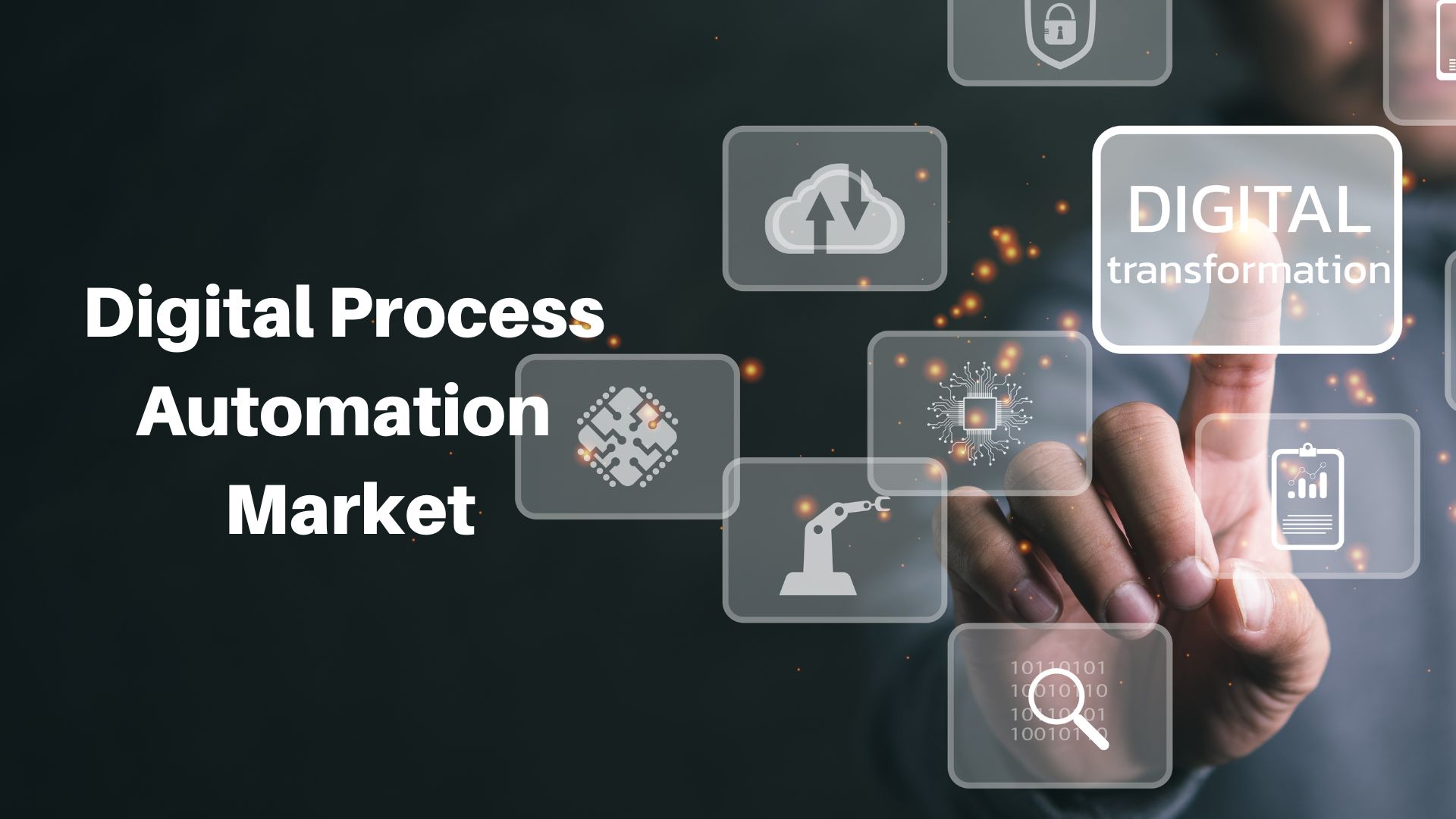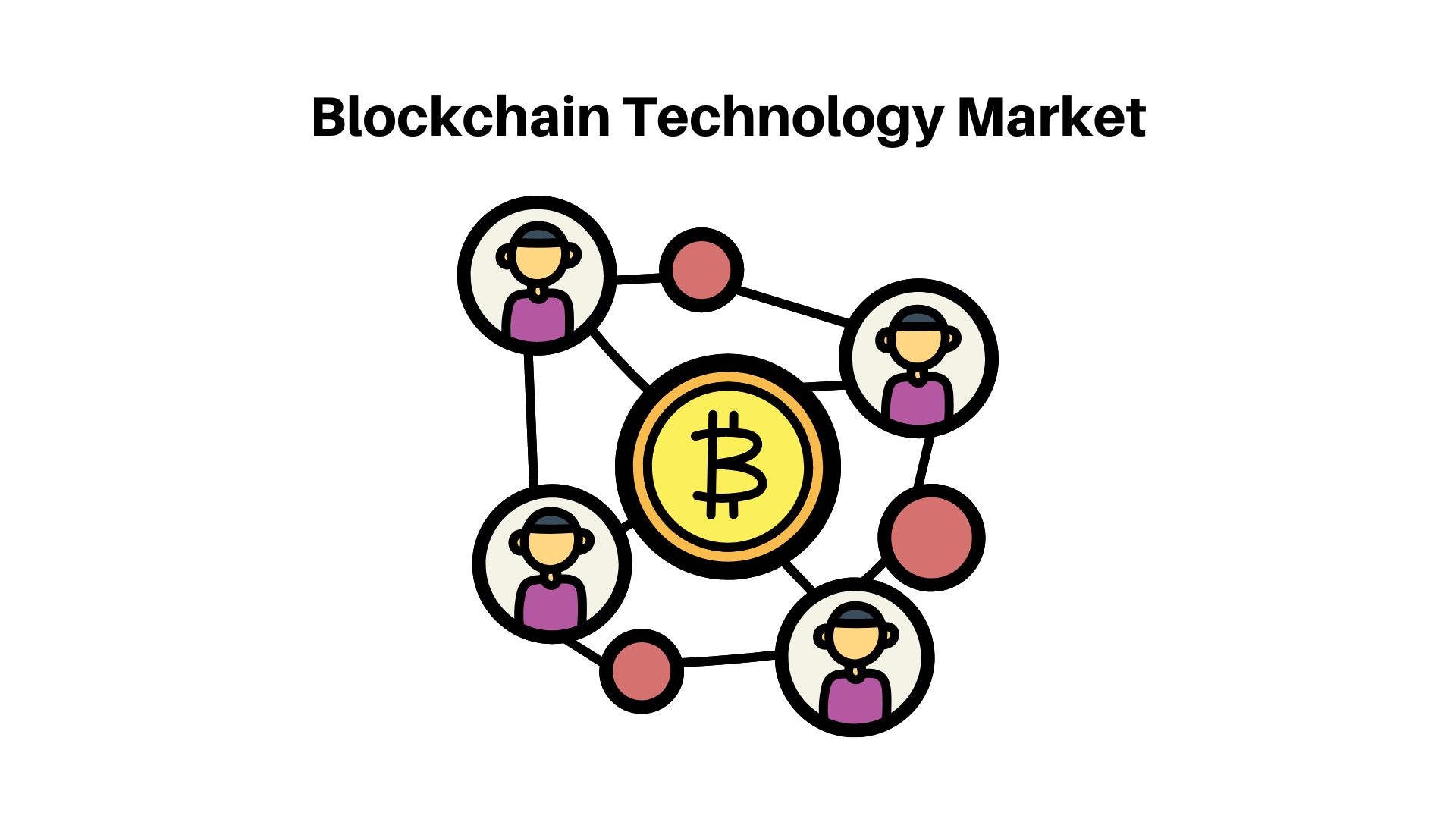Digital Process Automation Market Size USD 47.5 Bn by 2032| at a CAGR 19.3%

Page Contents
Market Overview
Published Via 11Press: In 2022, the global Digital Process Automation Market was valued at USD 8.1 Bn and projected to reach USD 47.5 Bn by 2032 at a compound annual growth rate (CAGR) of 19.3% over this forecast period.
The DPA market is being driven by factors such as the increasing adoption of cloud-based technologies, demand for automation and digitalization across industries, and an increasing need to enhance operational efficiency and customer experience.
By component, the DPA market can be divided into software and services. The software segment is expected to hold the largest market share during the forecast period due to the rising adoption of automation software across various industries.
When it comes to deployment mode, the DPA market can be divided into cloud-based and on-premise segments. Cloud-based deployments are expected to dominate the market due to their growing adoption rate and rising need for remote access to business data.
Industry Vertical: The DPA market can be divided into BFSI, healthcare, IT & telecom, retail, manufacturing, and others. Of these industries, the BFSI vertical is projected to hold the largest share during the forecast period due to increasing demand for automation solutions in banking operations.

Drivers, trends, and challenges have an impact on market dynamics, which can impact businesses. Request for PDF sample report
Key Takeaways
- The global Digital Process Automation (DPA) market is expected to reach USD 8.1 Bn and is projected to reach USD 47.5 Bn by 2032 at a compound annual growth rate (CAGR) of 19.3% over this forecast period.
- The market is being driven by factors such as the rising adoption of cloud-based technologies, an uptick in automation and digitalization across industries, and an ever-increasing need for improved operational efficiency and customer experience.
- During the forecast period, the software is expected to account for the largest market share, and cloud-based deployment mode is predicted to dominate this space.
- Throughout the forecast period, the BFSI industry vertical is anticipated to hold the largest market share. North America is anticipated to lead this space while the Asia Pacific region experiences the highest growth rate.
Regional Snapshot
- North America is expected to dominate the DPA market during the forecast period, due to the presence of major players and the increasing adoption of automation and digitalization technologies.
- Europe is forecast to experience significant growth during the forecast period, driven by the increasing adoption of automation solutions across various industries such as manufacturing, healthcare, and retail.
- The Asia Pacific region is expected to experience the highest growth rate during this forecast period, driven by the increasing adoption of cloud-based solutions and increasing demands for enhanced customer experiences across various industries.
Drivers
- Rising demand for automation and digitalization: The need to automate business processes and digitize workflows across various industries is propelling the growth of the DPA market.
- Growing Adoption of Cloud-based Technologies: The rising adoption of cloud-based solutions and services is propelling the growth of the DPA market, as they offer remote access to business data and improve operational efficiency.
- Rising demand for enhanced operational efficiency and customer experience: The need to enhance operational efficiency and provide an enhanced customer experience is driving the adoption of DPA solutions across various industries.
- Technological Advancements: The rapid advancements in automation and digitalization technologies are propelling the growth of the DPA market, as it offers businesses more features and functionalities.
Restraints
- High Implementation Costs: The high costs associated with implementing and maintaining DPA solutions are impeding market expansion, particularly for small and medium-sized businesses.
- Integration Issues: Integrating DPA solutions with existing IT infrastructure and legacy systems can be a complex process, which may pose difficulties to businesses, thus hindering the expansion of this market.
- Security Concerns: Businesses face an increasing threat of cyberattacks and data breaches, which may hinder their adoption of DPA solutions.
- Lack of skilled professionals: A shortage of highly-skilled personnel in the fields of automation and digitalization may present businesses with obstacles when adopting DPA solutions, thus hindering the growth of this market.
Opportunities
- Growing Adoption of Artificial Intelligence (AI) and Machine Learning (ML) Technologies: Integrating AI/ML technologies with Digital Payment Solutions can offer businesses enhanced functionalities and capabilities, creating opportunities for market growth.
- The emergence of Low-Code and No-Code Platforms: The advent of low-code and no-code platforms has simplified the process of building and deploying DPA solutions, creating opportunities for market expansion.
- Adoption of DPA Solutions in Emerging Economies: The increasing adoption of DPA solutions across emerging economies, particularly those located in Asia Pacific and Latin America, presents new growth prospects for the market.
- Rising Demand for Process Automation in the Healthcare Sector: The growing need for process automation within the healthcare industry, particularly patient data management, clinical trial management, and supply chain management, presents market growth prospects
Challenges
- Lack of Awareness and Understanding for DPA Solutions: This lack of understanding, particularly among small and medium-sized businesses, poses a major barrier to market expansion.
- Complicatedness of DPA Solutions: DPA solutions can be complex in their integration with current IT infrastructure and legacy systems, which may present businesses with challenges when adopting them.
- Security Concerns: Businesses face an increased risk of cyberattacks and data breaches, which could limit their adoption of DPA solutions.
- Competition from open-source alternatives: The availability of affordable or free open-source alternatives to DPA solutions poses a challenge to market growth.
Recent Developments
- In December 2021, ServiceNow announced the acquisition of Digital.ai, a leader in value stream management and Agile software delivery.
- In November 2021, IBM announced the launch of its new automation platform, IBM Cloud Pak for Automation 2021.4.
- In October 2021, Appian announced the launch of its new low-code platform for automating end-to-end business processes, Appian Workforce Safety and Readiness.
- In September 2021, UiPath announced the acquisition of Cloud Elements, a leader in API integration and management solutions.
Key Market Segments
Type
- Solution
- Services
Application
- Manufacturing
- Retail & Consumer Goods
- BFSI
- Telecom & IT
- Transport & Logistics
- Energy & Utility
- Media & Entertainment
- Healthcare
- Others
Key Market Players
- IBM
- Pegasystems
- Appian
- Oracle
- Software AG
- DST Systems
- Opentext
- Dxc Technology
- Infosys
- Cognizant
- Mindtree
- Newgen Software
- Tibco Software
- K2
- Bizagi
- Nintex
- Ayehu Software Technologies
- Integrify
- Helpsystems
- Innov8tif
Report Scope
| Report Attribute | Details |
| The market size value in 2022 | USD 8.1 Bn |
| Revenue forecast by 2032 | USD 47.5 Bn |
| Growth Rate | CAGR Of 19.3% |
| Regions Covered | North America, Europe, Asia Pacific, Latin America, and Middle East & Africa, and Rest of the World |
| Historical Years | 2017-2022 |
| Base Year | 2022 |
| Estimated Year | 2023 |
| Short-Term Projection Year | 2028 |
| Long-Term Projected Year | 2032 |
Frequently Asked Questions
Q: What is digital process automation (DPA)?
A: Digital process automation (DPA) refers to the use of automation technologies to streamline and optimize business processes, workflows, and tasks.
Q: What are the benefits of DPA solutions?
A: DPA solutions can help businesses enhance operational efficiency, reduce costs, improve customer experience, and increase agility and flexibility.
Q: What industries are adopting DPA solutions?
A: DPA solutions are being adopted across a wide range of industries, including banking and financial services, healthcare, manufacturing, retail, and government.
Q: What are the key components of a DPA solution?
A: The key components of a DPA solution typically include process modeling and design tools, workflow automation tools, document management tools, analytics and reporting tools, and integration capabilities.
Q: What are some of the challenges associated with implementing DPA solutions?
A: Some of the challenges associated with implementing DPA solutions include high implementation costs, integration issues, security concerns, and the shortage of skilled professionals in the field of automation and digitalization.
The team behind market.us, marketresearch.biz, market.biz and more. Our purpose is to keep our customers ahead of the game with regard to the markets. They may fluctuate up or down, but we will help you to stay ahead of the curve in these market fluctuations. Our consistent growth and ability to deliver in-depth analyses and market insight has engaged genuine market players. They have faith in us to offer the data and information they require to make balanced and decisive marketing decisions.



